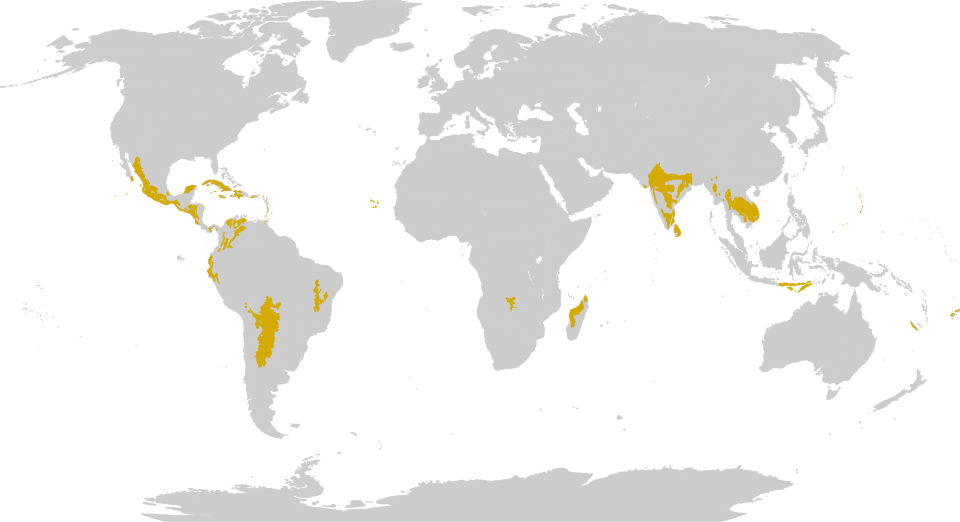Deserts and Xeric Shrub lands (DXS)
- Shanti Bants
- Aug 28
- 2 min read
Deserts and Xeric Shrub lands collectively represent the largest terrestrial biome on our planet, encompassing an astonishing 19% of Earth's total land surface area. This extensive habitat type is characterised by a wide range of eco-regions, each exhibiting significant variability in the amount of annual rainfall they receive. Typically, these regions experience less than 250 millimetres (10 inches) of precipitation annually, with the exception of the margins where conditions may be slightly more favourable. In most cases, the rate of evaporation surpasses the amount of rainfall, leading to arid conditions that define these environments. The temperature variability in deserts is also quite pronounced, with some areas, such as the Sahara Desert, maintaining scorching heat throughout the year, while others, like the Gobi Desert in East Asia, experience frigid temperatures during the winter months, illustrating the diverse climatic conditions that can exist within this biome.

Temperature extremes are a defining characteristic of most desert landscapes. During the day, temperatures can soar to sweltering highs, only to plummet dramatically at night due to the lack of humidity and cloud cover that usually provides insulation. This stark contrast between day and night temperatures can create challenging survival conditions for both flora and fauna. Despite the harshness of the climate, the diversity of these ecological conditions supports a remarkable array of habitats. Many of these habitats are ephemeral, reflecting the scarcity and seasonal availability of water resources. The vegetation in these arid regions is predominantly characterised by woody-stemmed shrubs and a variety of drought-resistant plants that have evolved intricate adaptations to minimise water loss, such as deep root systems and thick, waxy leaves that reduce transpiration. These adaptations are crucial for survival in an environment where water is a precious commodity. Furthermore, animal biodiversity in these deserts is equally fascinating and well adapted to the extreme conditions. Many species have developed unique behavioural and physiological traits that enable them to thrive, such as nocturnal lifestyles to avoid the heat of the day, specialised diets that allow them to extract moisture from food, and remarkable camouflage that helps them evade predators. Overall, the intricate interplay between climate, vegetation, and animal life in deserts and xeric shrub lands creates a complex and dynamic ecosystem that continues to captivate researchers and nature enthusiasts alike.





Comments